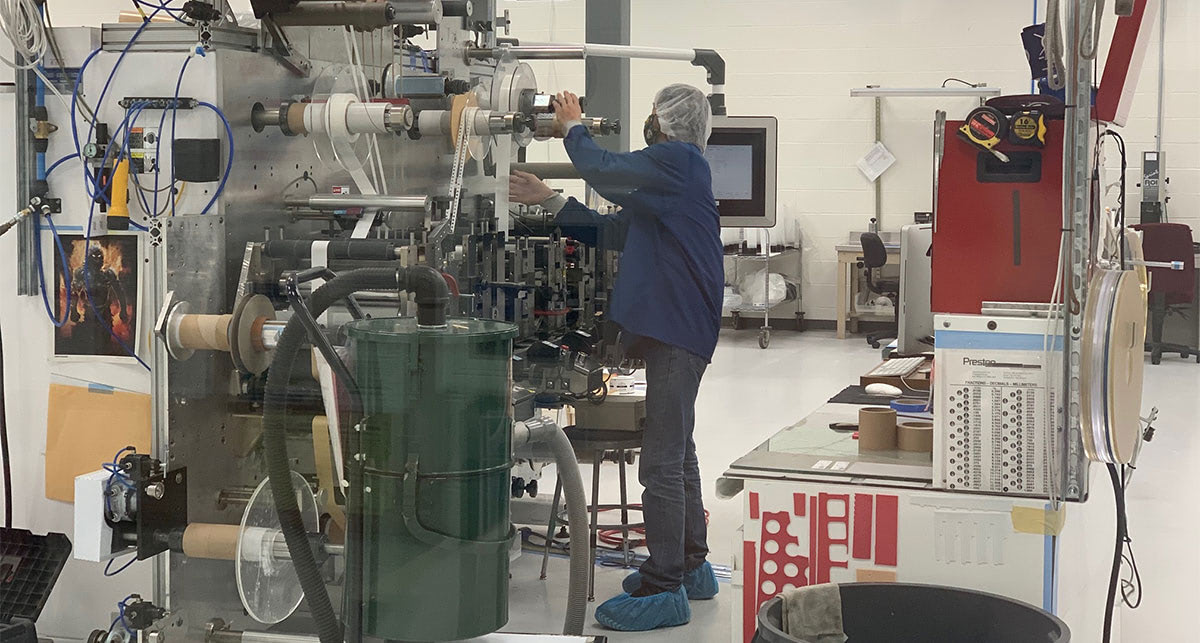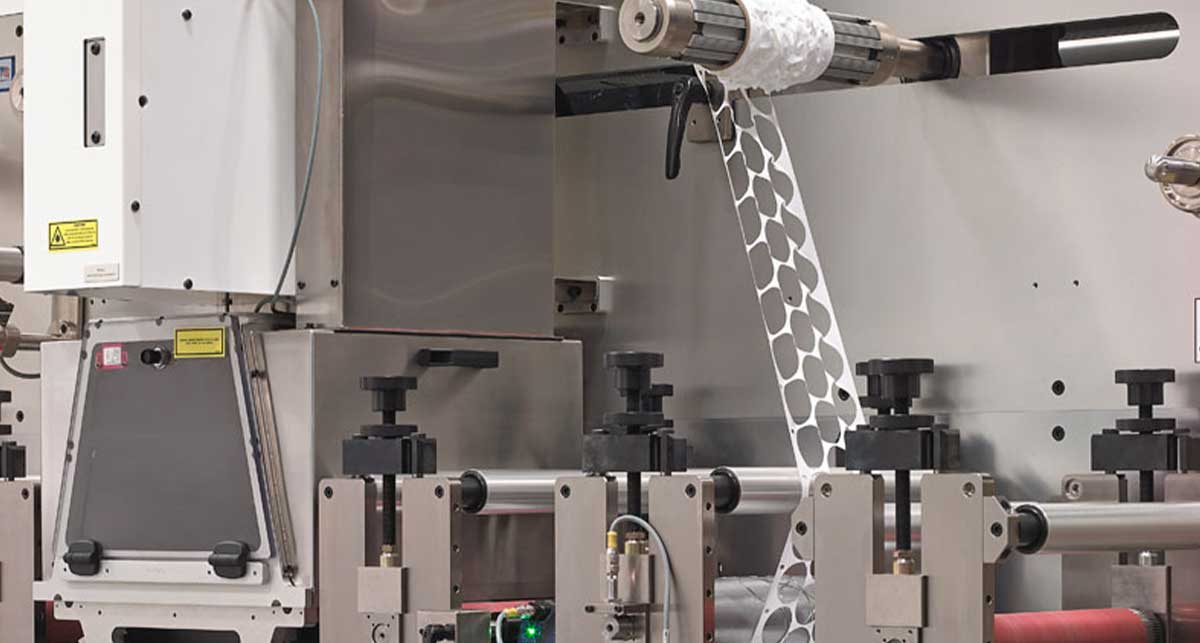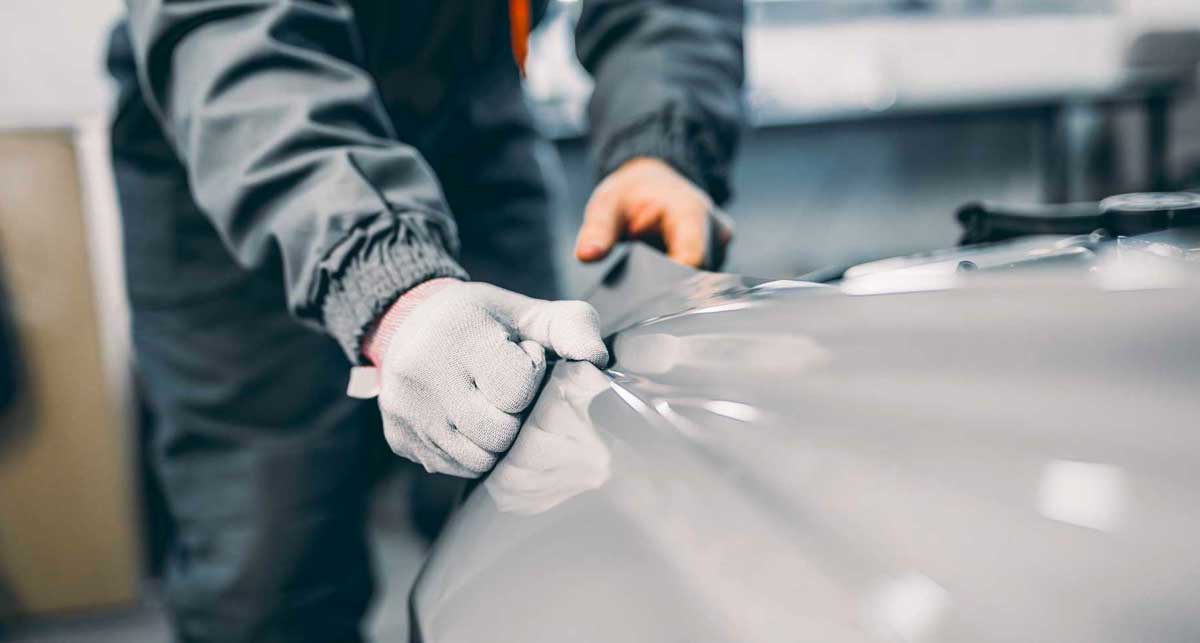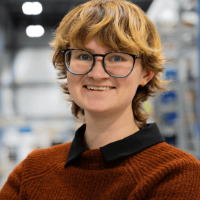Which Materials Undergo Corona Surface Treatments?
Depending on their surface geometry, corona treatment may activate the surface of polymers, textiles, foils, films and other non-absorbent substrates. Converters often use corona surface treatments on:
1. LSE FLEXIBLE MATERIALS
- Paper
- Foils
- Paperboard stocks
- Metalized surfaces
- Plastic films (polyethylene, polypropylene, etc.)
2. LSE SEMI-RIGID MATERIALS
- Nylon
- Vinyl
- PVC (Polyvinyl chloride)
- PET (Polyethylene terephthalate)
- HDPE (High-density polyethylene)
Converters test the inherent surface energy (dyne level) before printing or laminating adhesive onto the material. When dyne levels are low, the material is more challenging to process.
It’s crucial to carefully plan your material selection to ensure a cohesive final product. Rather than picking a material that needs to be corona treated to hold printing inks or adhesives, it could be more cost-effective to seek out a material that suits your product but naturally holds substances without needing an additional process.
If you’re still searching for the right material for your application, start a project with Strouse to discuss which materials might work for you.
Plasma vs. Corona Surface Treatments
Plasma and corona treatments are similar yet slightly different surface energy-altering processes. Corona surface treatments are often referred to interchangeably with plasma systems but differ slightly in usage and cost.
Corona surface treatments:
- Affect larger areas
- Can treat the inside of parts or 3D parts
- Produce ozone gas
Like the corona treatment process, atmospheric plasma is made by energizing the air and directing it over the material to increase the surface energy. However, compared to corona treatments, atmospheric plasma affects smaller surface areas with higher energy levels.
Corona treatments affect larger areas and can treat inside of parts or 3-dimensional parts, while atmospheric plasma is applied in spots, limiting its surface area.
Plasma treatments:
- Don’t produce ozone gas (unlike corona treatments)
- Longer-lasting effects
- Cover smaller areas (between 10 and 140 mm)
- High initial investment
Plasma treatments don’t produce ozone gas (a natural result of corona treatments), and their effects can last longer. However, they typically require a higher initial investment in equipment and operational costs, so plasma treatments are generally reserved for substrates with incredibly complex structures.
Should You Use Corona Treatment on Your Materials?
Before you choose a corona surface treatment, recognize that the treatment will not last forever. As the corona treatment wears away over time, the material may need to be re-treated before it can be transformed into another product. You also can only treat it so many times before the treatments stop working. However, if you are using an LSE material, then corona surface treatments could be your best option.
Reach out today to pursue a project involving flexible low surface energy materials. Our experts will help source the right material for your design and plan the most cost-effective manufacturing process.
More articles related to low surface energy materials:
- What are the Types of Low Surface Energy Substrates?
- Adhesives for Low Surface Energy Applications
- The Different Types of Adhesive Bonding Materials







